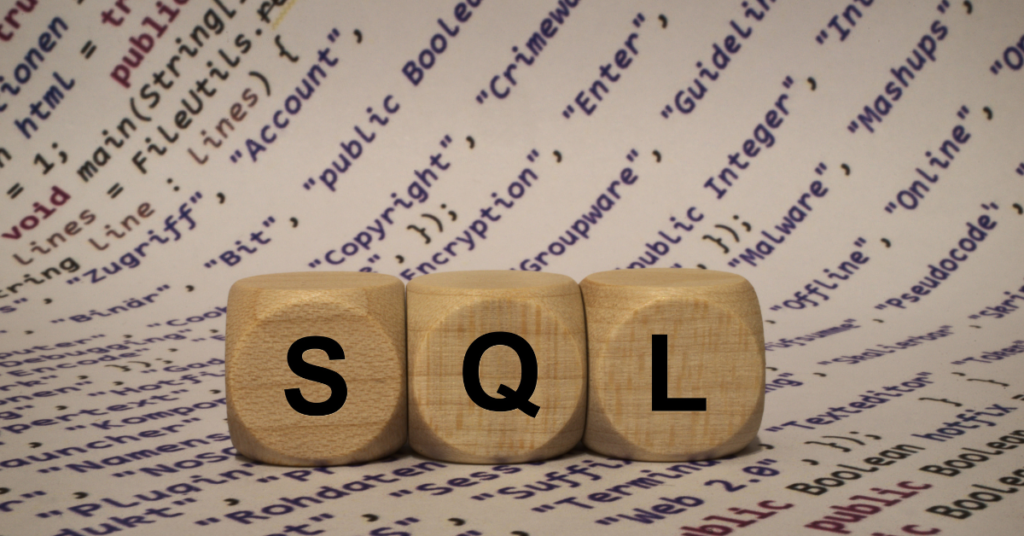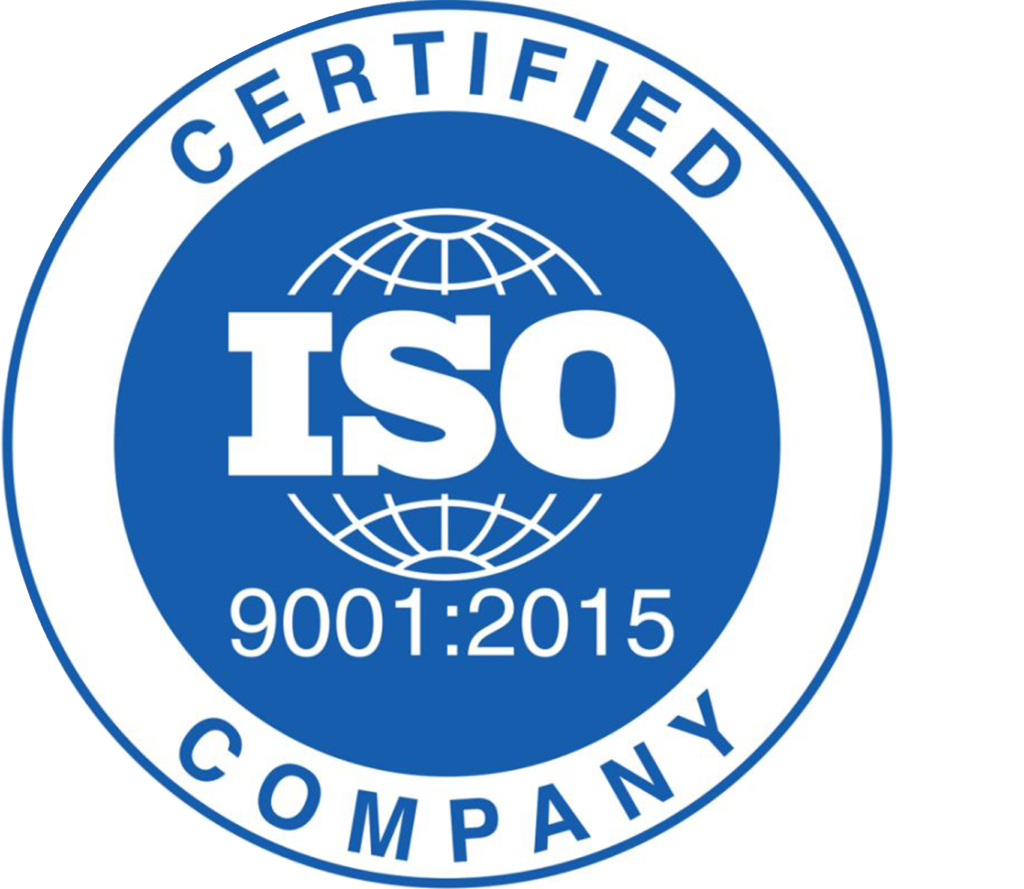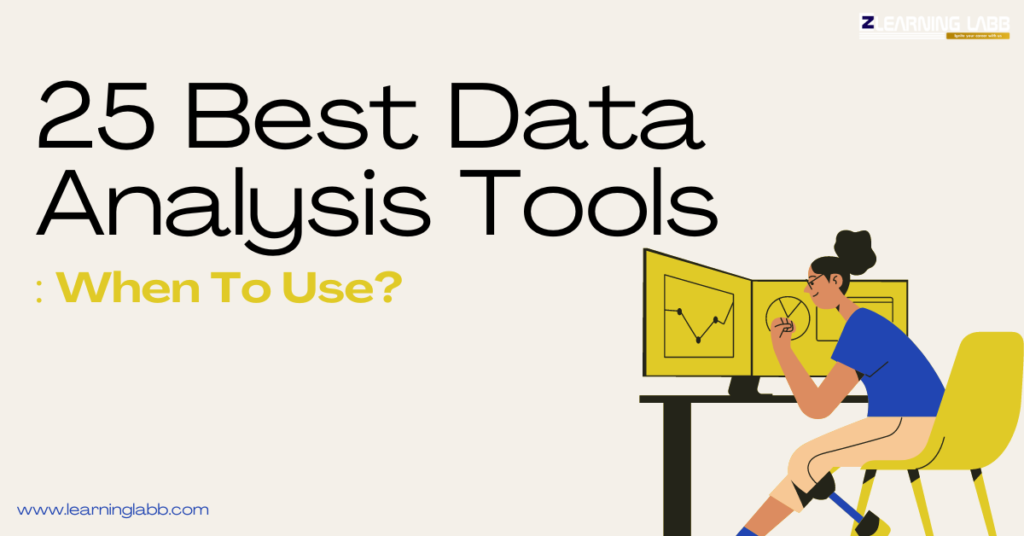What Are The Best Data Analysis Tools: The manner in which data analytics has taken over the world is commendable. Data analysis has easily become the backbone of businesses across world, with it easing the overall business process – irrespective of the type of organisation the tools and techniques of data analysis stay the same, highlighting the universal application of the data analysis tools.
So, what are we going to do about it? We are going to explore the most commonly used data analysis tools and techniques that can help out organisations and data analysts alike. And no, it is not a mere list of 10 or 15 data analysis tools but rather a pretty long list! Read on.
This article contains the following:
- Data Analysis Tools
- Data Analysis Tools And Techniques
- Data Analysis Tools And Languages
- Data Analysis Tools When To Use
What Are Data Analysis Tools
Choosing the right data analysis tool can make all the difference in deriving the right type of data. Before we get into the different types of data analysis tools and techniques that can help out a business, let us at Ze Learning Lab tell you about what these business tools are, and how they can help out organisations.
So, what are data analysis tools?
Well, in simple terms, data analysis tools are software applications that are used to process, interpret and analyse data. These tools are especially important in an organisational set up, aiding analysts to clean, transform, and model data to uncover valuable insights. With the growing amount of data, selecting the best data analysis tools is essential for efficiency and accuracy.
Now, let’s get to the next step –what are the best data analysis tools and techniques.
Top Data Analysis Tools And Techniques
At Ze Learning Labb, we have gathered an elaborate list of data analysis tools and techniques that anyone dealing with large sets of data should be aware of. Here is a list of the 25 best data analysis tools that you should know about, the list comprises of information such as when to use these data analysis tools, what are the best data analysis tools and more. Read on…
1. Microsoft Excel
- Use when: You need a versatile and user-friendly tool for basic data analysis, data visualization, and simple statistical functions.
- Techniques: Pivot tables, charting, basic statistical analysis.
2. R
- Use when: You require a powerful language for statistical analysis and data visualization.
- Techniques: Data manipulation, statistical modeling, graphical representation.
3. Python
- Use when: You need a general-purpose programming language with extensive libraries for data analysis.
- Techniques: Data manipulation with Pandas, visualization with Matplotlib and Seaborn, machine learning with Scikit-learn.
4. Tableau
- Use when: You need to create interactive and shareable dashboards.
- Techniques: Data visualization, real-time data analysis.
5. SAS
- Use when: You need advanced analytics, business intelligence, and data management capabilities.
- Techniques: Statistical analysis, predictive modeling, data mining.

6. SPSS
- Use when: You require a comprehensive tool for statistical analysis in social sciences.
- Techniques: Descriptive statistics, regression analysis, survey analysis.
7. Apache Hadoop
- Use when: You need to process large datasets across distributed computing environments.
- Techniques: Distributed storage and processing, big data analytics.
8. Apache Spark
- Use when: You need fast data processing and advanced analytics on big data.
- Techniques: In-memory computing, real-time data processing.
9. Power BI
- Use when: You want to create business analytics solutions and interactive visual reports.
- Techniques: Data visualization, business intelligence reporting.
10. SQL
- Use when: You need to manage and query relational databases.
- Techniques: Data querying, data manipulation, database management.
11. MATLAB
- Use when: You need a high-performance language for technical computing and data visualization.
- Techniques: Mathematical modeling, simulation, data visualization.
12. Google Data Studio
- Use when: You need a free tool for creating customizable and shareable data dashboards.
- Techniques: Data visualization, reporting.
13. QlikView
- Use when: You need to create guided analytics applications and dashboards.
- Techniques: Data discovery, interactive dashboards.
14. RapidMiner
- Use when: You require a data science platform for building predictive models.
- Techniques: Data mining, machine learning, predictive analytics.
15. KNIME
- Use when: You need an open-source platform for data analytics and reporting.
- Techniques: Data integration, data transformation, analytics.
16. Alteryx
- Use when: You want to prepare, blend, and analyze data quickly.
- Techniques: Data preparation, data blending, advanced analytics.
17. IBM Watson Analytics
- Use when: You need automated predictive analytics and data visualization.
- Techniques: Cognitive analytics, automated data preparation.
18. Google Analytics
- Use when: You need to analyze web traffic and user behavior.
- Techniques: Web analytics, user behavior analysis, reporting.
19. Looker
- Use when: You require a business intelligence platform for exploring and sharing real-time data insights.
- Techniques: Data exploration, visualization, business intelligence.
20. D3.js
- Use when: You need a JavaScript library for producing dynamic, interactive data visualizations.
- Techniques: Data visualization, interactive graphics.
21. Gephi
- Use when: You need to perform network analysis and visualization.
- Techniques: Graph analysis, network visualization.
22. Orange
- Use when: You need a data mining and visualization tool with an easy-to-use interface.
- Techniques: Data mining, machine learning, visualization.
23. Stata
- Use when: You need an integrated statistical software package for data analysis.
- Techniques: Statistical analysis, data management, graphics.
24. Jupyter Notebook
- Use when: You need an open-source web application for creating and sharing documents containing live code, equations, visualizations, and narrative text.
- Techniques: Interactive computing, data analysis, visualization.
25. TIBCO Spotfire
- Use when: You need an analytics platform for deriving actionable insights.
- Techniques: Data visualization, predictive analytics, data discovery.

Data Analysis Tools and Languages
Different data analysis tools and languages are suited for various tasks. R and Python are the most popular languages for data analysis due to their extensive libraries and community support.
- R: R is a language specifically designed for statistical computing and graphics. It excels in data manipulation, statistical modeling, and graphical representation.
- Python: Python is a general-purpose programming language with robust libraries for data analysis, such as Pandas for data manipulation, Matplotlib for plotting, and Scikit-learn for machine learning.
- SQL: SQL is essential for querying and managing relational databases. It’s widely used for data manipulation and extraction.
Data Analysis Tools: When to Use?
Picking the right data analysis tool depends on the specific needs of your project. Here are some guidelines on data analysis tools when to use them:
- Excel: Use for quick, small-scale analyses and non-programmers.
- R/Python: Ideal for complex analyses, machine learning, and large datasets.
- Tableau/Power BI: Best for data visualization and presenting insights.
- SQL: Essential for managing and querying structured data.
- Hadoop: Use for processing large datasets and distributed computing.
On A Final Note…
In the ever-evolving field of data, choosing the right data analysis tools and techniques is important for extracting valuable insights from data. From versatile software like Excel and Python to specialized data analysis tools such as R and SQL, each option has its strengths and is suited to different types of analysis.
Knowing when to use each tool—whether for simple data manipulation, complex statistical analysis, or advanced machine learning—can greatly enhance your analytical capabilities and efficiency.
Click here to learn more!





